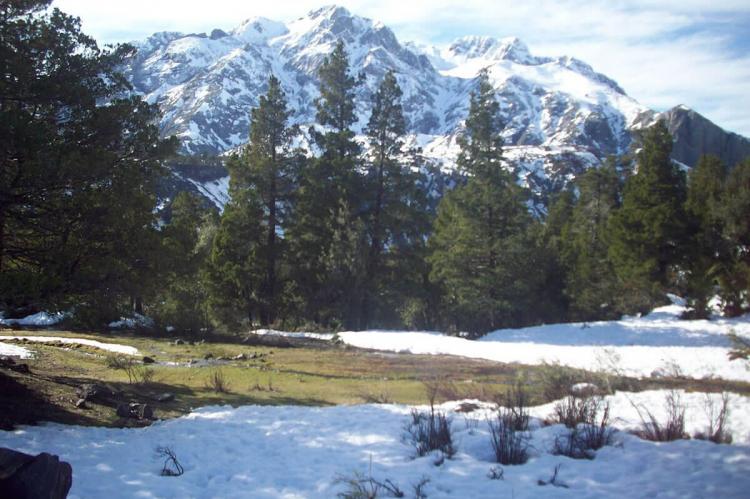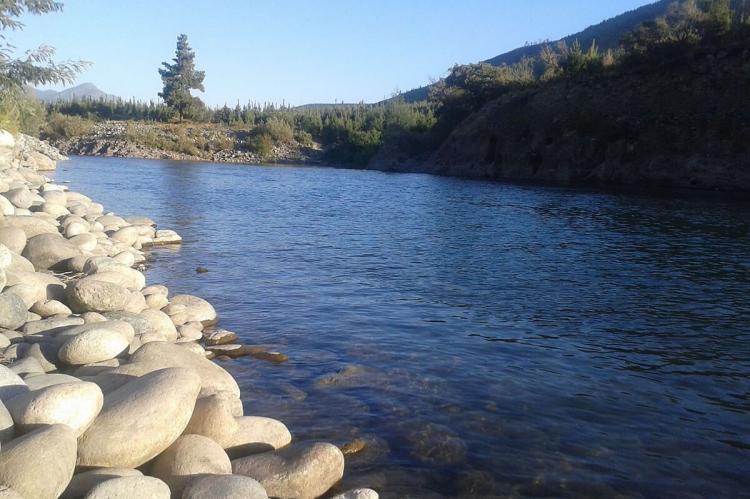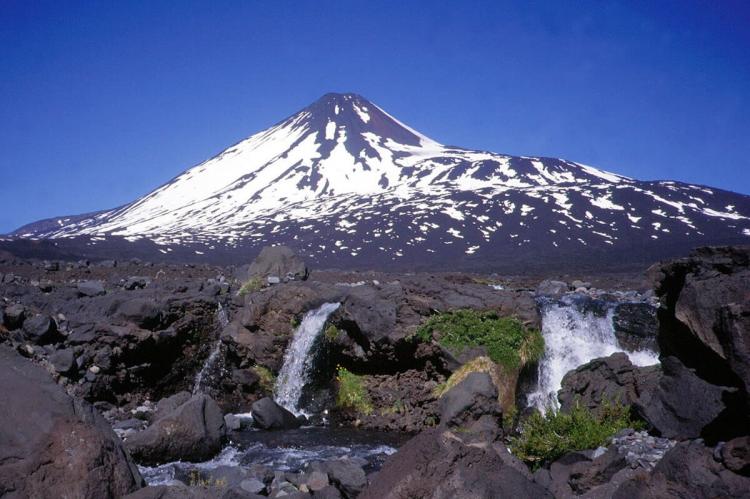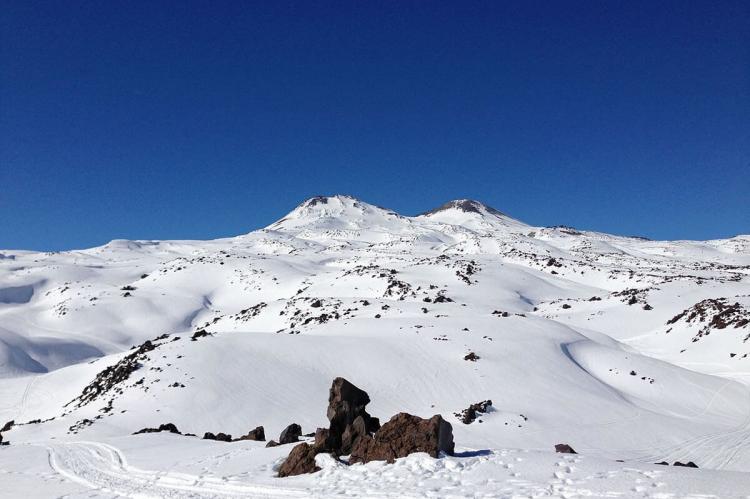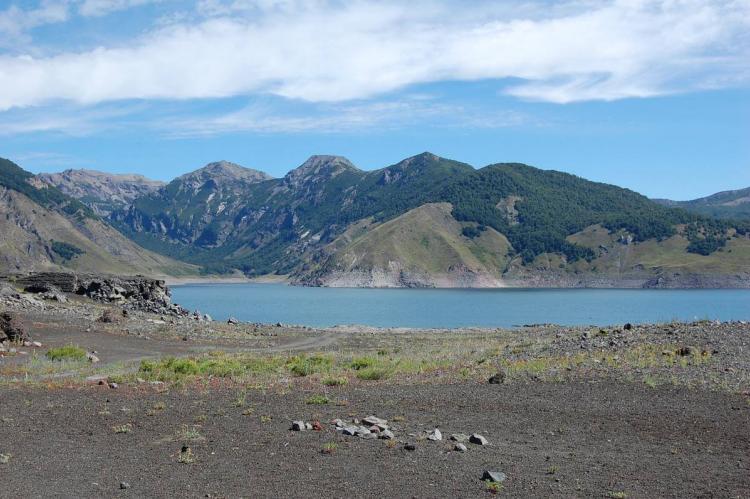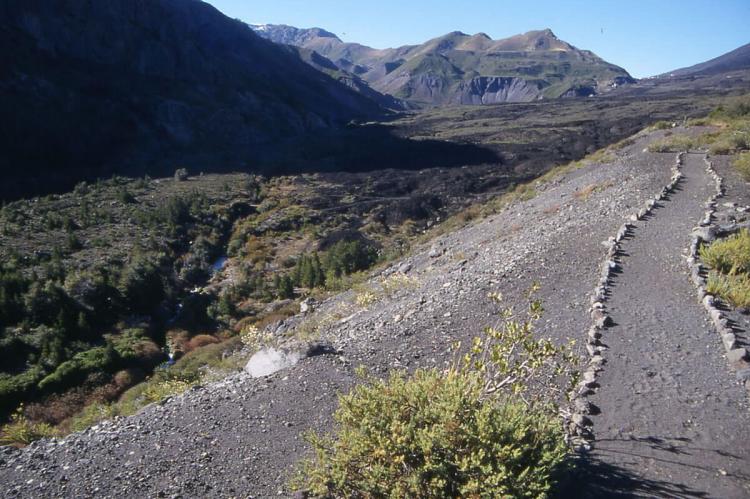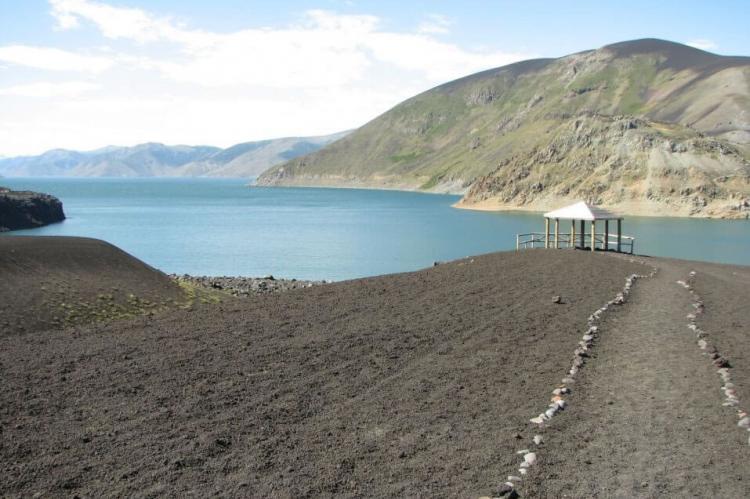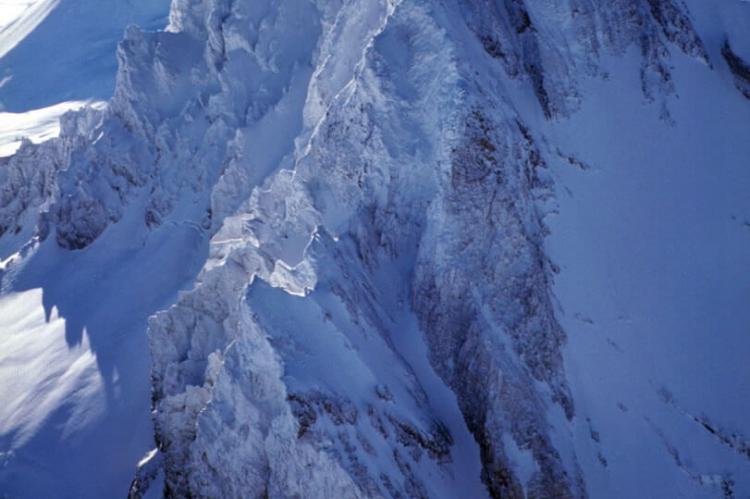Corredor Biológico Nevados de Chillán (Chile)
Corredor Biológico Nevados de Chillán - Laguna del Laja Biosphere Reserve Is located in the northern part of Chile's Patagonia region. The biological corridor connects three core areas: Ñuble National Reserve, Laguna del Laja National Park and the Los Huemules de Niblinto National Reserve.
Corredor Biológico Nevados de Chillán - Laguna del Laja Biosphere Reserve
Nestled in the heart of Chile, the Corredor Biológico Nevados de Chillán - Laguna del Laja Biosphere Reserve unfolds as a conservation marvel in the southwestern region near Nevados de Chillán. It is located in the northern part of the Patagonia region within the Central Chilean zone, a global biodiversity hotspot.
Spanning a vast 565,000 hectares (1,396,000 acres), this biosphere reserve connects three core areas:
- Ñuble National Reserve
- Laguna del Laja National Park
- Los Huemules de Niblinto National Reserve and Nature Sanctuary
Diverse and visually captivating, the Corredor Biológico Nevados de Chillán - Laguna del Laja reserve showcases snow-clad peaks, expansive meadows, ancient Araucaria tree-dominated forests, and volcanic formations, creating a dynamic environment.
As a biodiversity hotspot, the reserve fosters a rich mosaic of ecosystems, providing habitat for numerous species, some of which are endemic to the region. Functioning as a vital corridor for wildlife, it facilitates movement and promotes genetic diversity.
At its core, the pristine Laguna del Laja, an alpine lake nestled amidst the mountains, mirrors the majestic Nevados de Chillán. Beyond its visual allure, the lake is a crucial habitat for migratory birds, contributing to the reserve's ecological significance.
Rich in cultural heritage, the reserve hosts indigenous communities, with archaeological sites and ancient traditions reflecting the enduring connection between locals and their natural surroundings.
Acknowledged by UNESCO as a Biosphere Reserve, the Corredor Biológico stands as a global exemplar for sustainable conservation. This prestigious designation underscores Chile's commitment to harmonizing ecological preservation with sustainable development practices, solidifying the reserve's status as a jewel in Chile's conservation crown.
Laguna del Laja National Park
Nestled in the Andean mountain foothills within the VIII Region (Bío-Bío Region) of central Chile, Laguna del Laja National Park is a testament to Chile's commitment to preserving its natural treasures. Established in 1958, this national park, the first of its kind south of Santiago, is a captivating blend of breathtaking landscapes and diverse ecosystems, all under the stewardship of the National Forestry Corporation.
Geography
The park unfolds with spectacular mountain landscapes, showcasing the imposing Antuco Volcano, Sierra Velluda, and the eponymous Laguna del Laja. Although the lake only borders the park, its presence adds to its allure. Ranging in elevation from 976 m (3,200 ft) to 3,585 m (11,760 ft) at Sierra Velluda, the park offers a diverse terrain that includes sharp ridges, deep valleys, and the notable Cerro Cóndor at 1,668 m (5,472 ft).
Flora and Fauna
Encompassed within the Valdivian temperate forests ecoregion, the park boasts endangered and rare vegetation species. Among these are the ciprés de la cordillera, araucaria, maitén del Chubut, and radal enano. The landscape alternates between bare rock and lush vegetation, creating a tapestry of contrasting environments.
Forming part of the Bío Bío River basin, the park is crisscrossed by small tributaries contributing to the Laja River. Laguna del Laja National Park is a haven for wildlife, providing a home to the elusive cougar, foxes (particularly the chilla and the culpeo), and many bird species. With at least 47 identified bird species, the park becomes a paradise for birdwatchers seeking to witness the diverse avian life that graces this natural haven.
